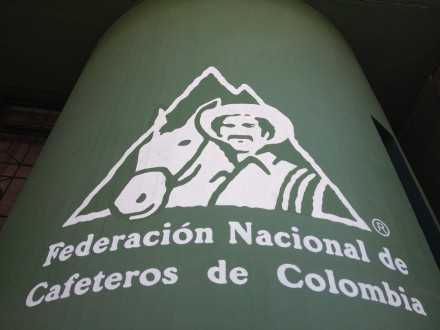Share your coffee stories with us by writing to info@comunicaffe.com.
BOGOTA, Colombia – A thorough analysis conducted by the Colombian Coffee Growers Federation’s (FNC) Extension Service regarding the impact of El Niño on Colombian coffee growing, determined that the phenomenon has affected a significant portion of the country’s total productive coffee growing hectares.
According to Roberto Vélez, CEO of the FNC, “We estimate that nearly 18% of the expected harvest for the second semester of 2015 will be compromised in one way or another by the lack of rain.”
Coffee grower representatives from different regions have also expressed their concern regarding the increase in unit costs generated by El Niño.
Representatives are particularly worried about the predicted 50% increase in labor costs generated by an increase in the need for pest controls and about the potential 40% reduction in efficiency in harvesting and in processing cherries into parchment coffee.
“Of course we are worried. Coffee growers are experiencing an increase in their costs and a decrease in their income. This will hold true both during this semester and during 2016. If the intensity of El Niño is as predicted, we will be dealing with a complex situation in terms of income and production costs,” noted Mr. Vélez.
Effects of El Niño on coffee growing
El Niño is a meteorological phenomenon that arises when the surface temperature of the Pacific Ocean is at least 0.5°C above the normal average for three consecutive months.
This causes a significant reduction in rainfall in the Andean Colombian region, leading to a deficiency in soil moisture (especially in un-shaded coffee plantations).
The impact of El Niño on coffee growing varies from region to region. In areas of high rainfall and low sunshine, the phenomenon can enhance coffee production. However, this is not the case for warm areas –characterized by soils with low moisture retention– and for regions with less than 1,500 mm of annual rainfall.
Coffee growing areas located in northern, southern and central Colombia are more vulnerable to the negative effects of El Niño.
In the case of the latter, areas located at altitudes of less than 1,300m with an average temperature of more than 21.5°C are more likely to be struck.
The water deficits generated by the phenomenon hamper the development of coffee trees (especially young trees), and reduce production, quality, and the average income received by coffee growers.















